Home>Ideas and Tips>Mid-Century Modern Magic: Retro-Inspired Spaces
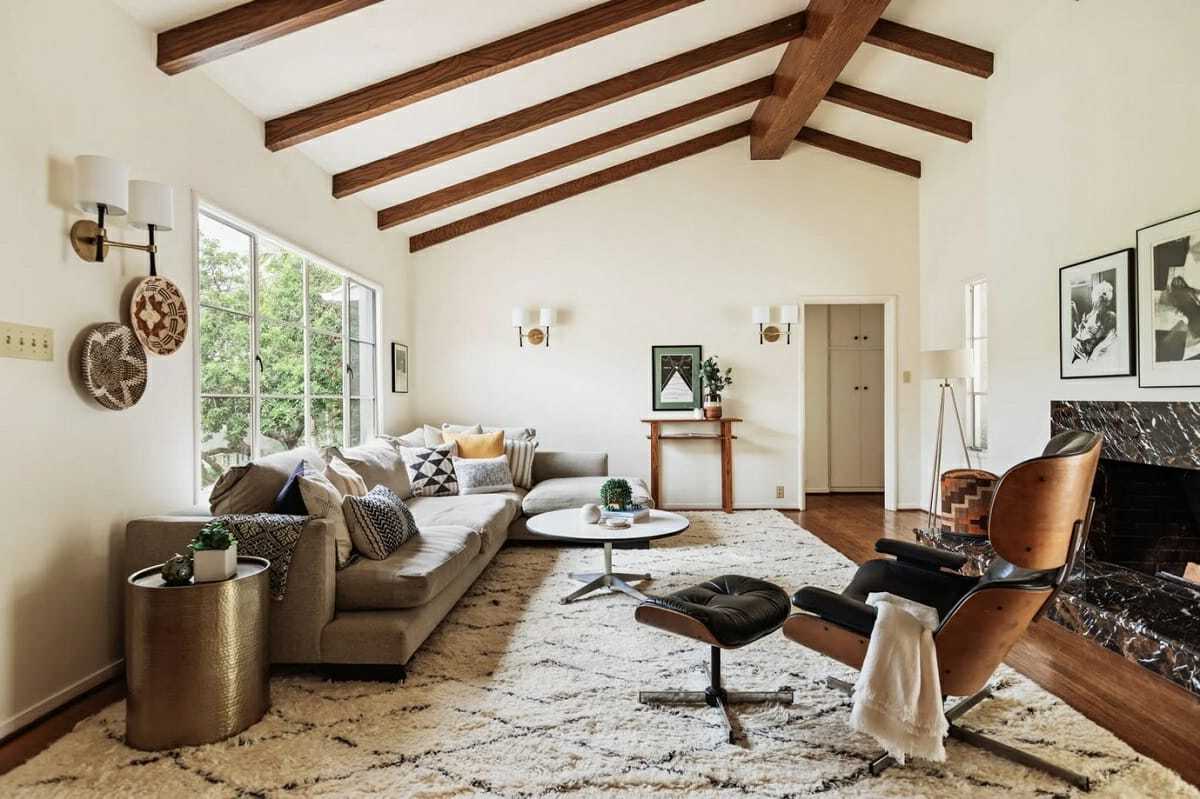

Ideas and Tips
Mid-Century Modern Magic: Retro-Inspired Spaces
Published: October 23, 2024
Discover the timeless appeal of mid-century modern design. Learn how to incorporate retro-inspired elements into your home for a chic, functional space.
(Many of the links in this article redirect to a specific reviewed product. Your purchase of these products through affiliate links helps to generate commission for Storables.com, at no extra cost. Learn more)
Mid-century modern (MCM) design has been a cornerstone of home decor for decades, and its timeless appeal continues to captivate homeowners and designers alike. This design movement, which emerged in the latter part of the 1940s, is characterized by its clean lines, fusion of organic and manmade materials, and retro style. In this article, we will delve into the key elements that define mid-century modern design and provide practical tips on how to incorporate these elements into your home.
What is Mid-Century Modern Interior Design Style?
Mid-century modern interior design is a style that originated in the mid-20th century and is known for its sleek, pared-down designs, an emphasis on both function and form, an innovative use of modern materials, and a bond with nature. This design movement was influenced by European modernism and Scandinavian minimalism, which emphasized clean lines, practical construction, and basic configurations.
Unique Elements
Mid-century modern design is recognizable for several unique elements:
-
Clean Lines: One of the defining features of MCM design is its use of clean lines. This means avoiding clutter and opting for simple, geometric shapes that create a sense of openness and minimalism.
-
Organic and Manmade Materials: Mid-century modern designers often combined organic materials like wood and fabric with manmade materials such as plastic, leather, chrome, brass, and glass. This fusion of materials adds texture and depth to a space.
-
Retro Style: The retro style of MCM design is characterized by vibrant colors like yellows and pinks in the 1950s, which gradually shifted to earthier tones like soft greens, smoky grays, and warm browns in the 1960s.
Read more: Where To Buy Mid Century Modern Furniture
Key Characteristics of Mid-Century Modern Design
To create a mid-century modern-inspired space, it's essential to understand the key characteristics that define this design style:
-
Warm Wood Tones
- Warm wood tones are a staple of mid-century modern design. From deep oak dressers to wooden TV stands and coffee tables, wood is often used to create a cozy and genuine feel in the room.
-
Mixed Materials
- Mid-century designers were known for their innovative use of mixed materials. A classic MCM-style space might feature a deep navy or evergreen velvet couch with wood tapered legs, a black leather Eames lounge chair, a chrome or brass floor lamp, and plastic dining chairs.
-
Sleek Shapes
- Sleek shapes are another hallmark of mid-century modern design. Think tapered legs on couches and accent chairs, which add a touch of elegance and sophistication to any room.
-
Retro Patterns
- Retro patterns such as bold, patterned wallpaper are making a comeback in modern MCM design. These patterns can serve as a focal point in any room, adding a dramatic impact to your space.
-
Natural Chic
- Embracing organic materials like teak, walnut, or birch for furniture and flooring creates a seamless blend with the outdoors. Mixing in metal, glass, or stone adds texture and depth to the space.
How to Incorporate Mid-Century Modern Elements into Your Home
Incorporating mid-century modern elements into your home can be both fun and rewarding. Here are some practical tips to help you get started:
1. Use Pops of Bright Colors or Earthy Tones
Mid-century modern design is known for its bold color choices. You can use pops of bright colors like yellows and pinks to create a vibrant atmosphere, especially in the 1950s. However, as we moved into the 1960s, there was a shift towards earthier tones such as soft greens, smoky grays, and warm browns.
2. Repurpose Furniture for Storage
One of the challenges of mid-century modern design is the lack of built-in storage in older homes. Instead of buying more furniture pieces, consider repurposing old furniture into in-room storage solutions. This not only adds character but also saves money, which can be used to add classic ornaments and fixtures.
3. Harmonize Old and Modern Elements
The beauty of mid-century modern design lies in its ability to blend the old with the new. Mixing modern and ultra-modern elements with mid-century inspiration creates a space that feels both timeless and contemporary.
4. Use Wood Paneling as an Accent
Wood paneling was a staple of the 1960s and 1970s. Using wood paneling as an accent can add charm to your space, especially when paired with earth tones typical of the era.
5. Reflective Design Magic With Mirrors
Mirrors were a significant aspect of mid-century design. They are used to make spaces feel larger and add functionality while paying homage to the past.
6. Nordic Vibes: Embrace Scandinavian Minimalism
Scandinavian minimalism had a significant influence on mid-century aesthetics. This influence is key to clean lines, practical construction, and basic configurations. It still applies to modern MCM design.
7. Dramatic Impact: Bold Wallpaper Choices
Bold, patterned wallpaper is making a comeback in mid-century modern design. Don’t hesitate to use vibrant and bold wallpaper as a focal point in any room.
8. Natural Chic: Embrace Organic Materials
When designing a space with the MCM style, consider using organic materials like teak, walnut, or birch for furniture and flooring. These elements contribute to a cozy and genuine feel in the room. Mixing in metal, glass, or stone adds texture and depth.
Chic Picks: Mid-Century Accessory Essentials
To complete your mid-century modern-inspired space, consider selecting authentic vintage or replica items such as elegant vases or abstract artwork. These elements can tie a room together and add a touch of sophistication.
Unleashing Statement Lighting in MCM
Lighting in mid-century modern design isn’t just functional; it’s an art piece. Look for unique, eye-catching fixtures that capture the spirit of the 1950s and 1960s. These fixtures can add drama and elegance to your space.
Read more: How To Make A Mid-Century Modern Table
Timeless Fusion: Blending Vintage With Now
While authentic vintage pieces are ideal, they’re not always practical or affordable. Mix authentic MCM finds with modern furniture that has mid-century vibes to strike a balance. This approach ensures the space feels both timeless and grounded in the present.
Examples of Mid-Century Modern Design
To illustrate these principles, let’s look at some iconic examples of mid-century modern design:
-
The Kaufmann House: Designed by Richard Neutra in Palm Springs, this house is a quintessential example of indoor-outdoor living spaces merging seamlessly.
-
The LCW Lounge Chair: This molded-plywood lounge chair is a trailblazer in design and a symbol of mid-century modern innovation.
-
Don Draper’s Office: The office from Mad Men features low-lying seating in muted hues of orange and yellow, epitomizing mid-century modern’s blend of functionality and aesthetics.
Why Mid-Century Modern Design Continues to Reign Supreme
Mid-century modern design continues to reign supreme due to its problem-solving nature. Designs like those created by Charles and Ray Eames were not primarily intended for style; they were designed to address living challenges and enhance our lives. The movement’s focus on functionality and aesthetics has made it timeless and relevant today.
In conclusion, mid-century modern design offers a unique blend of functionality, aesthetics, and retro charm that continues to captivate homeowners and designers alike. By incorporating elements such as clean lines, mixed materials, retro patterns, natural chic, and statement lighting into your space, you can create a retro-inspired environment that feels both timeless and contemporary. Whether you’re looking to add a few retro touches or fully embrace the mid-century modern aesthetic, this design style is sure to bring magic into your home.
Was this page helpful?
At Storables.com, we guarantee accurate and reliable information. Our content, validated by Expert Board Contributors, is crafted following stringent Editorial Policies. We're committed to providing you with well-researched, expert-backed insights for all your informational needs.
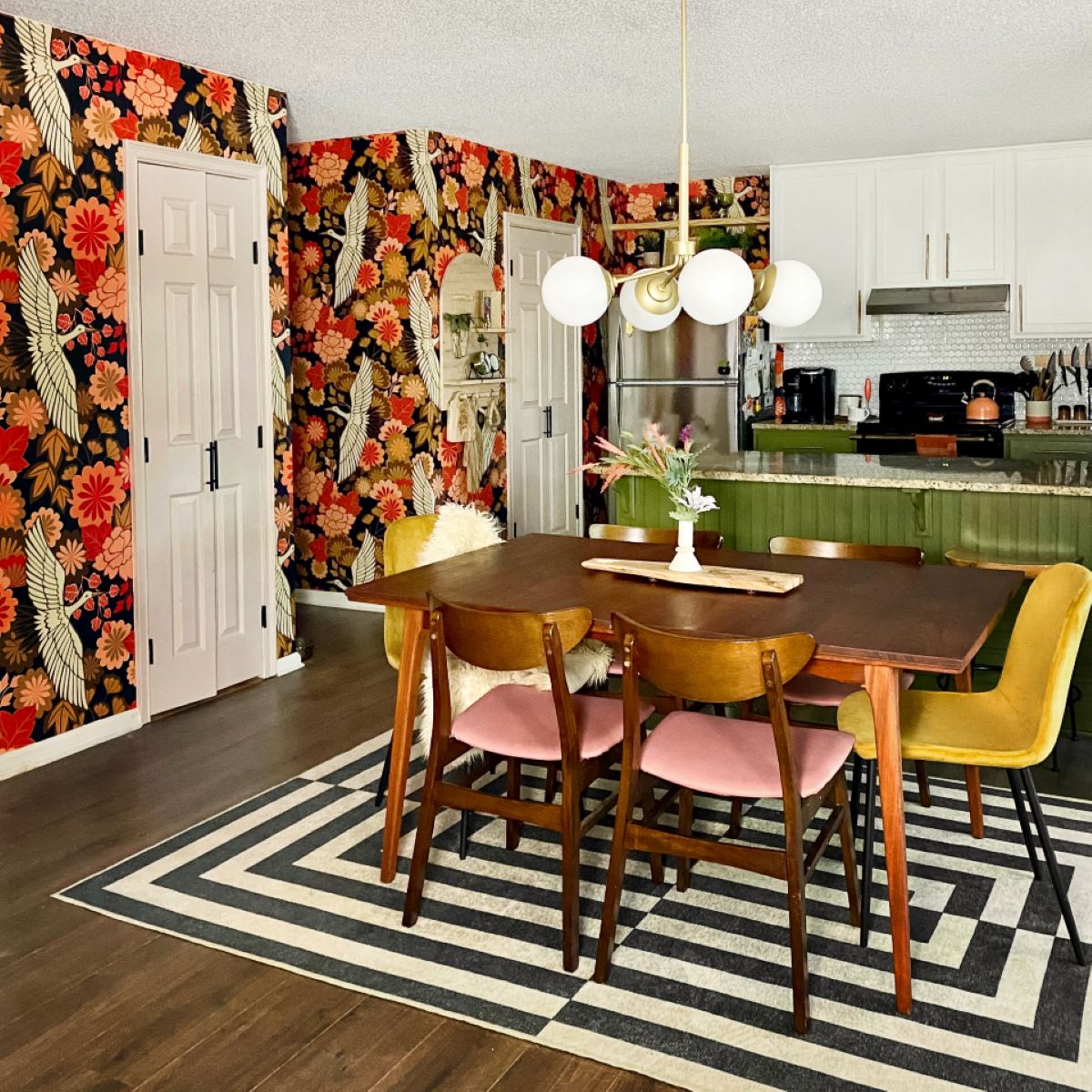
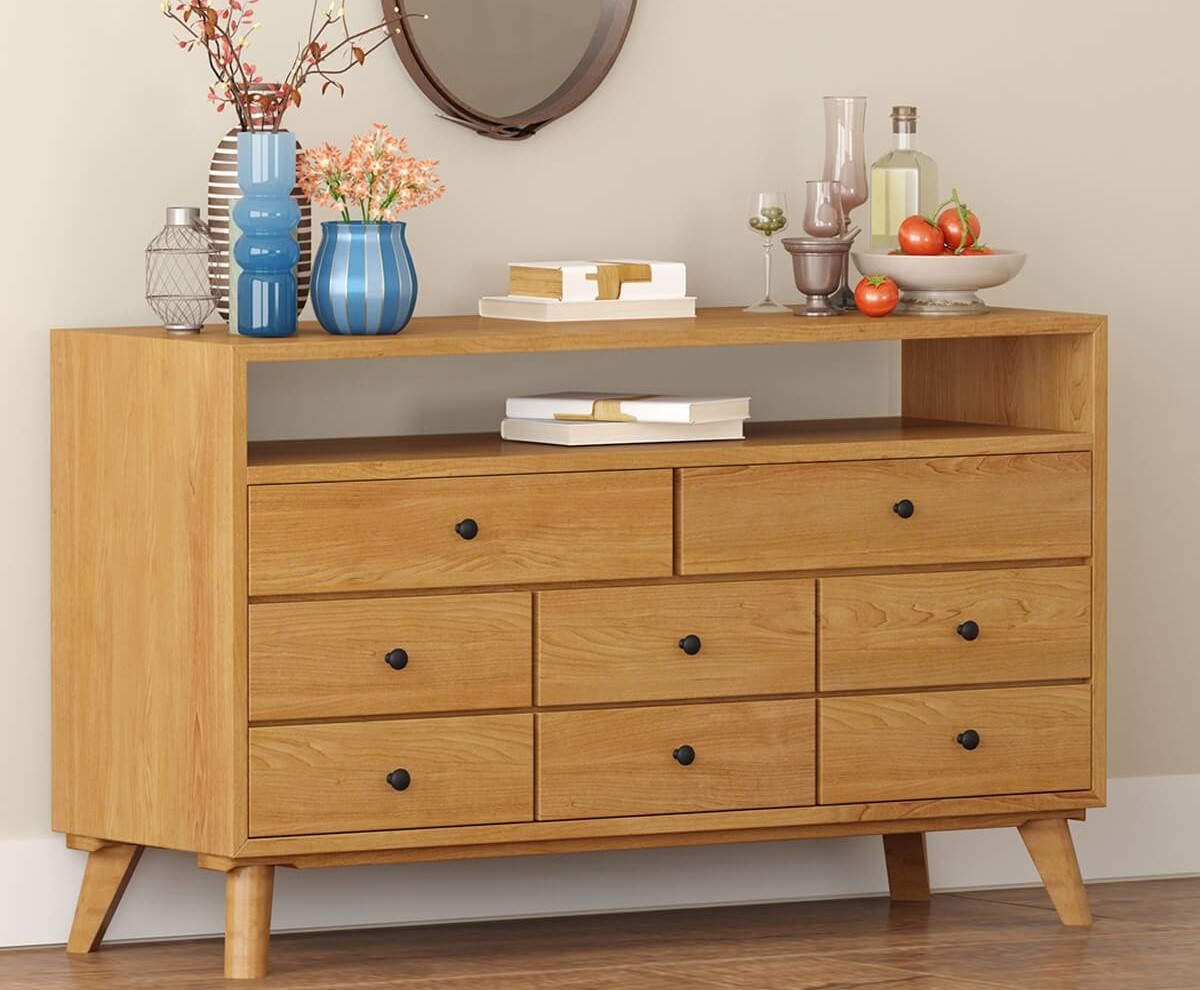
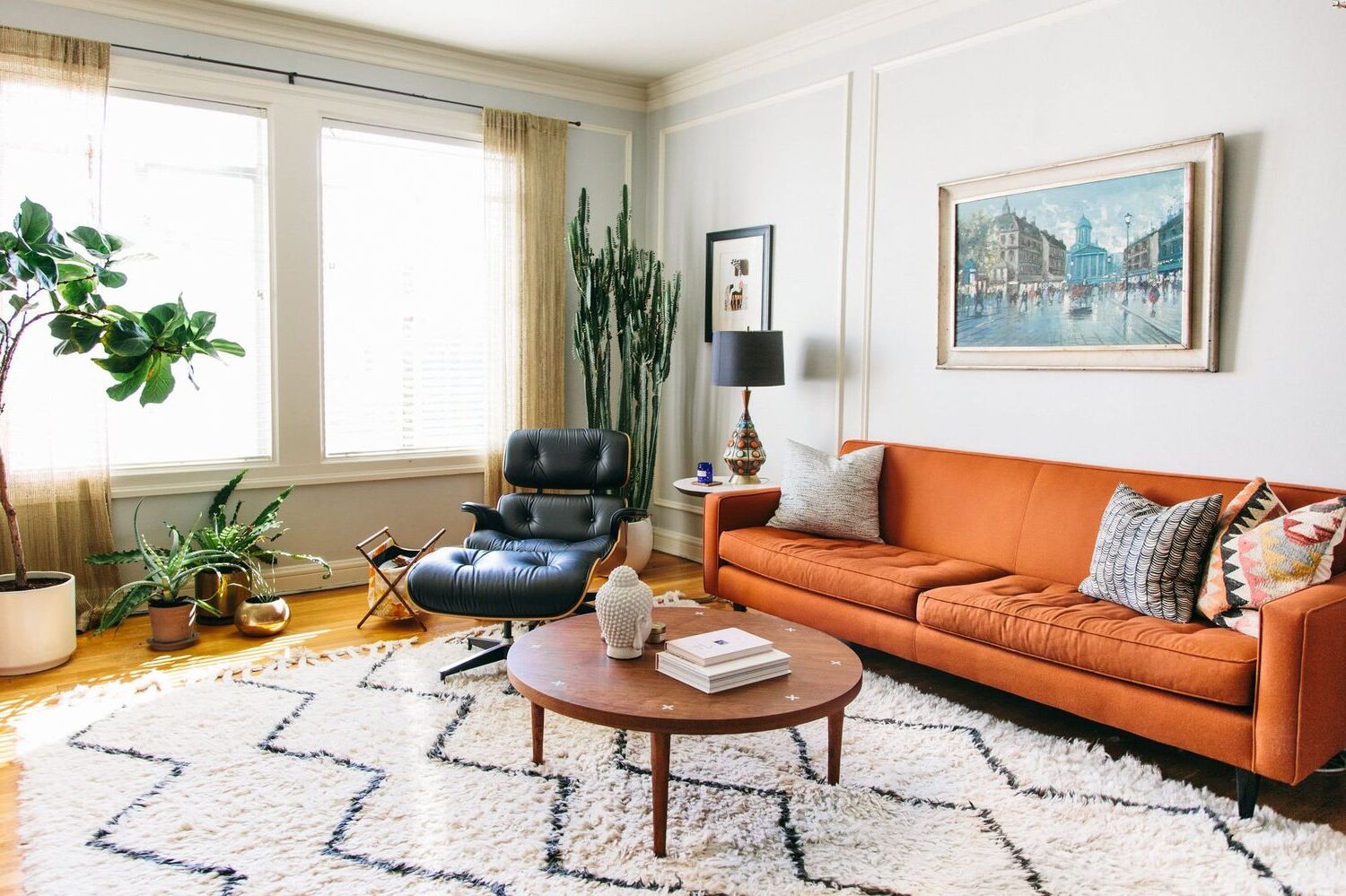

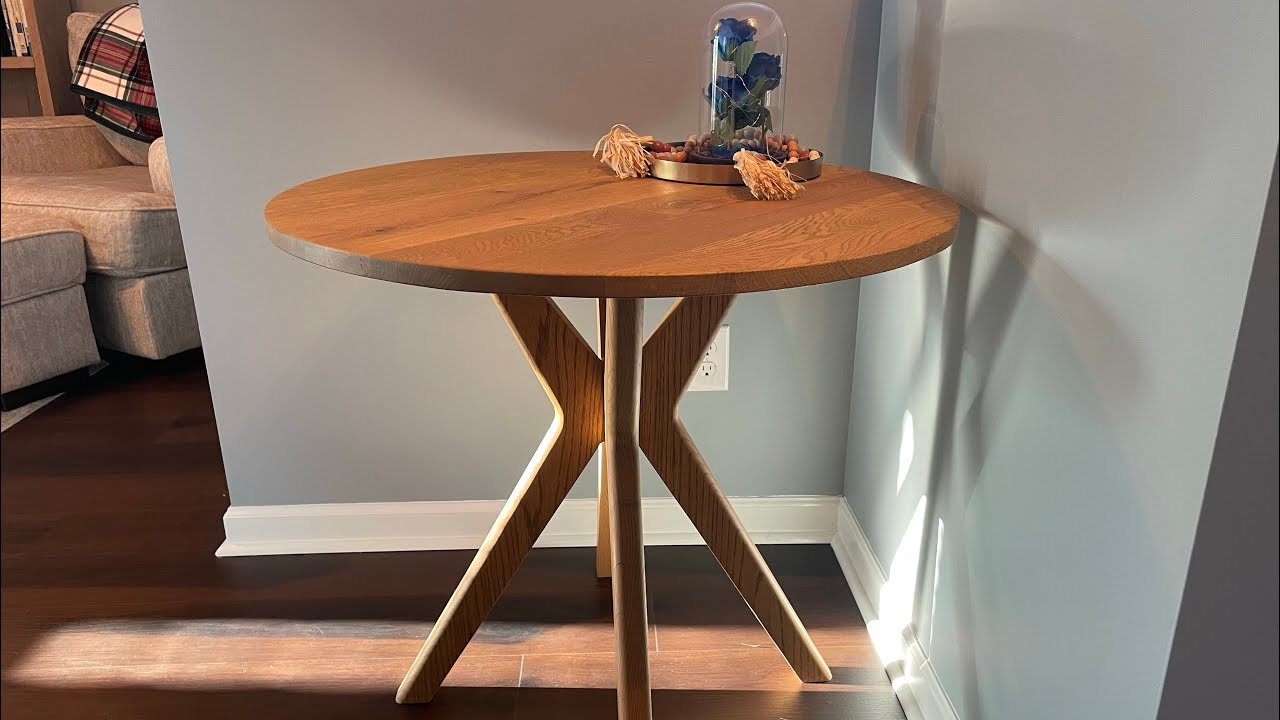
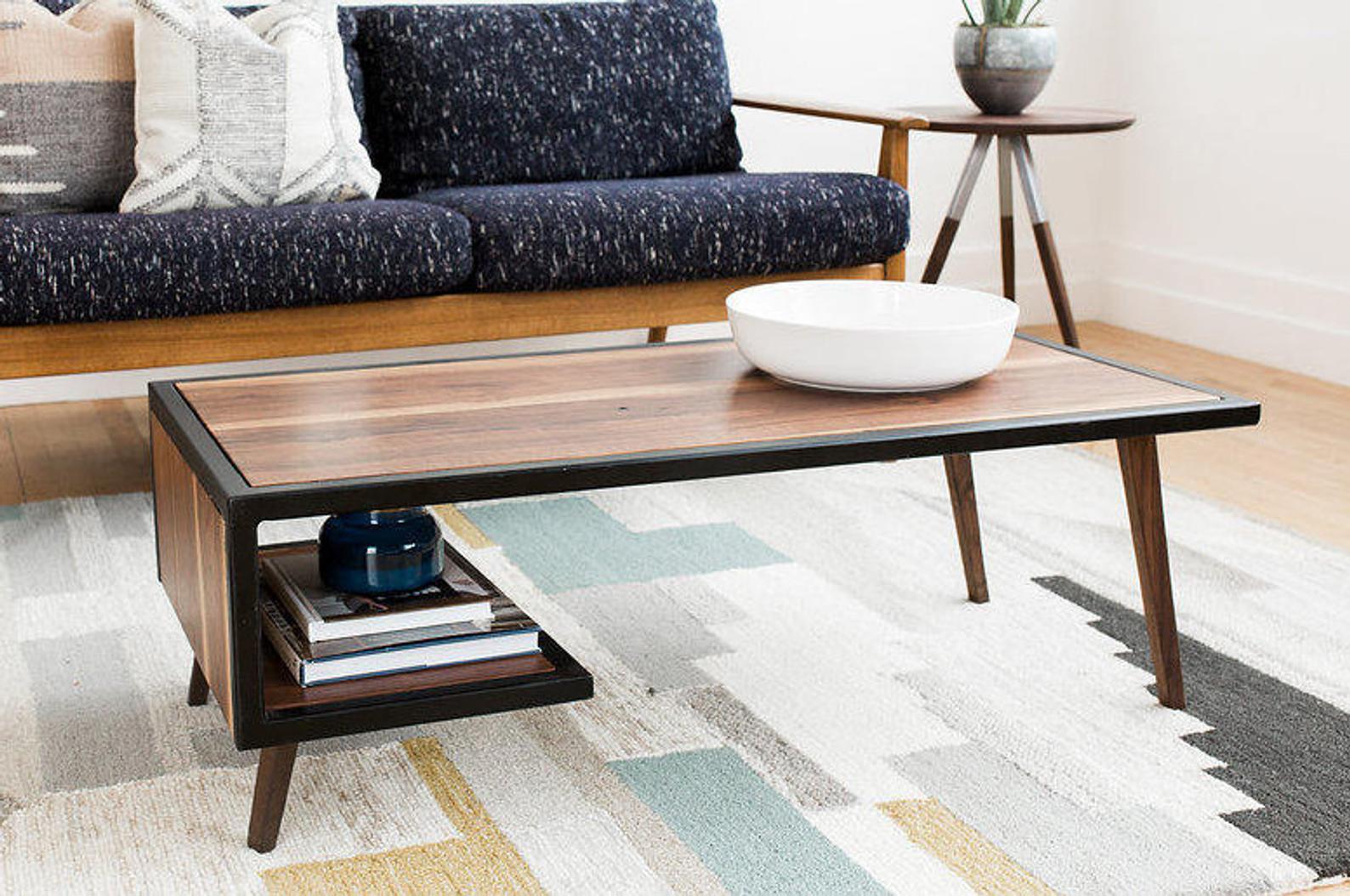
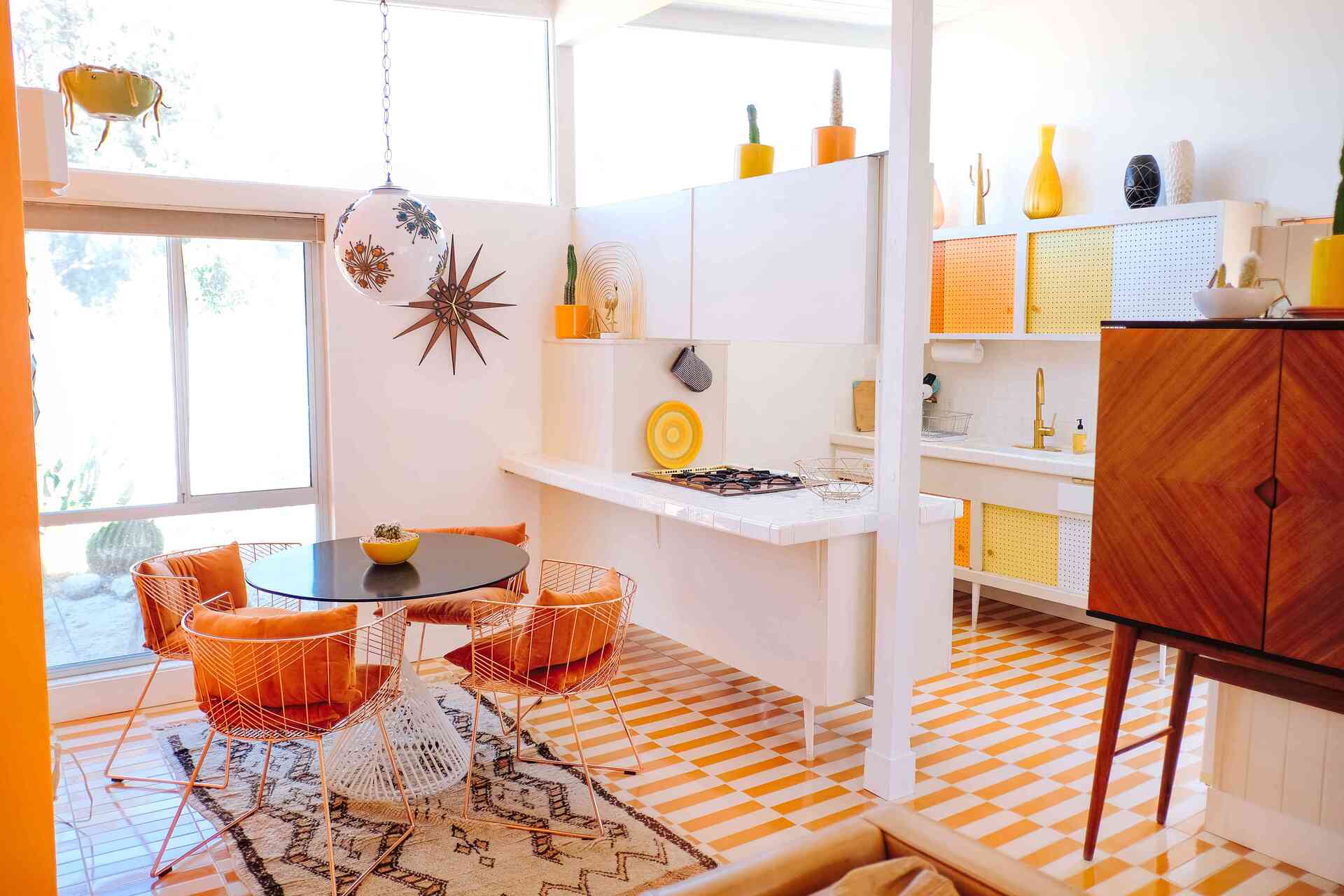
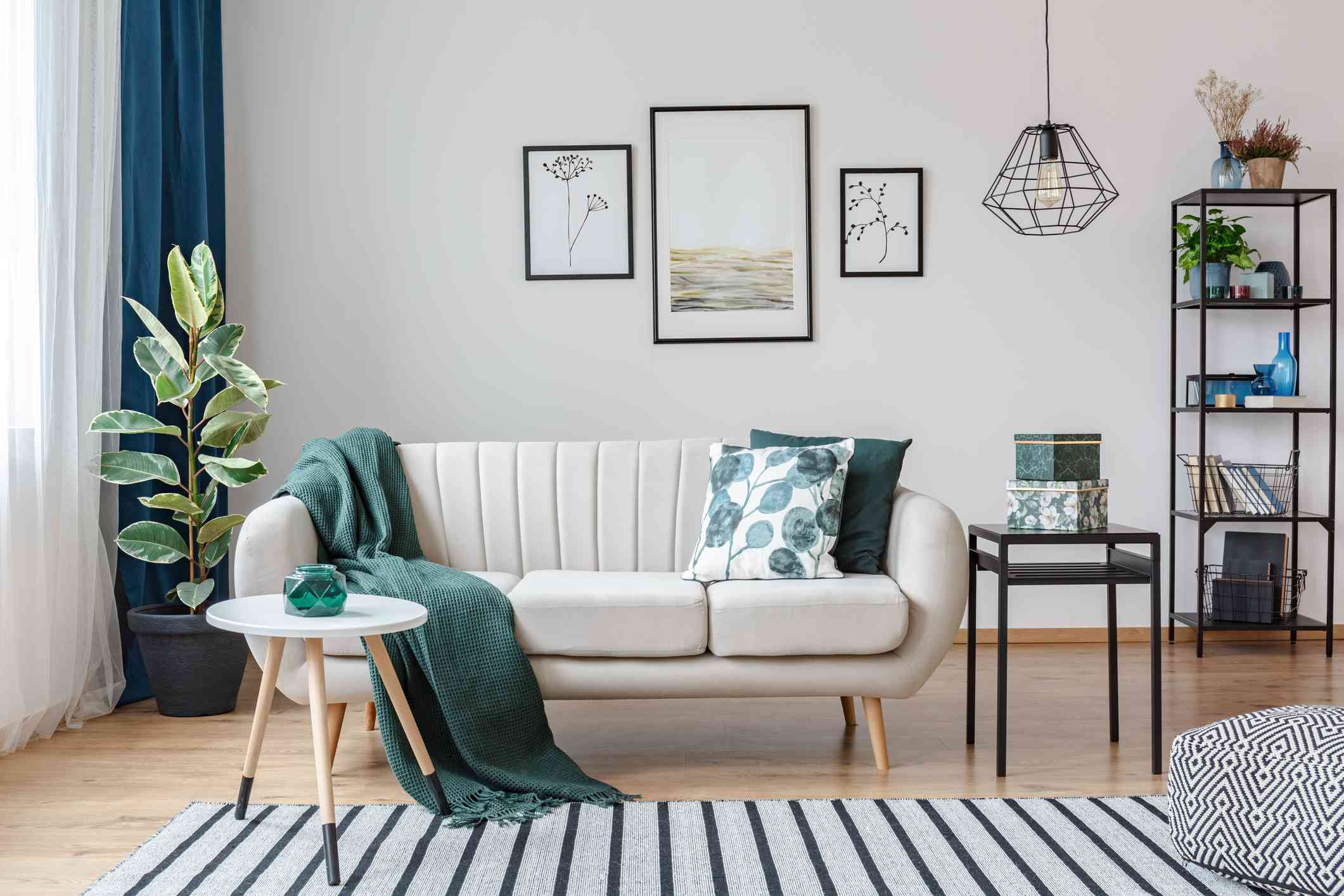
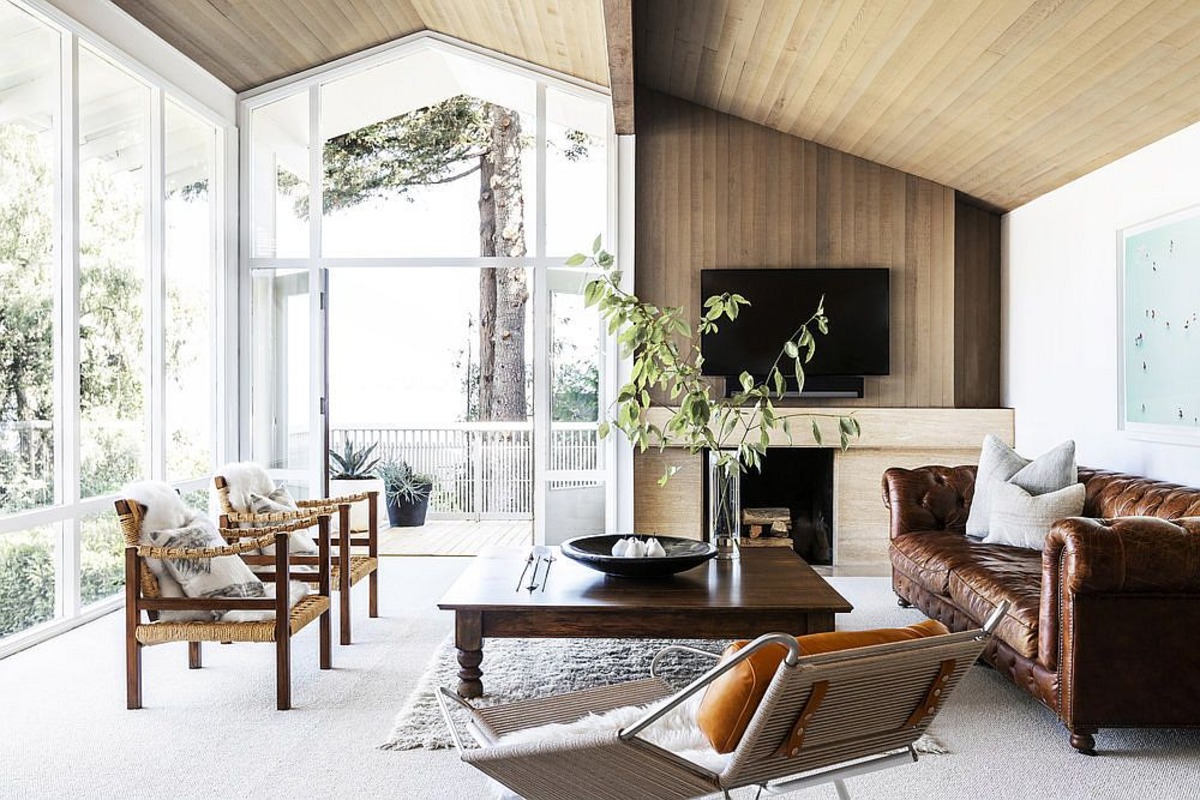
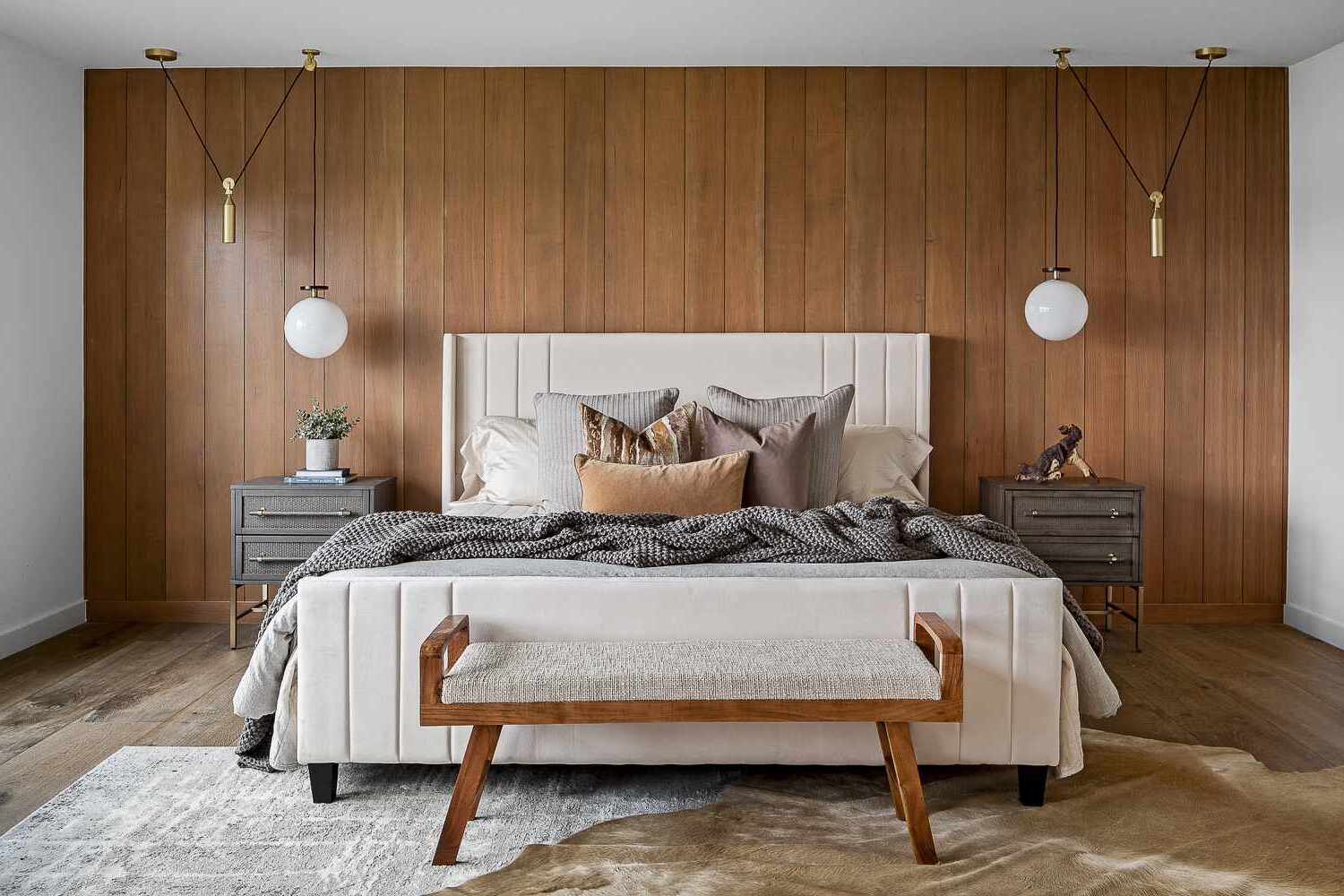
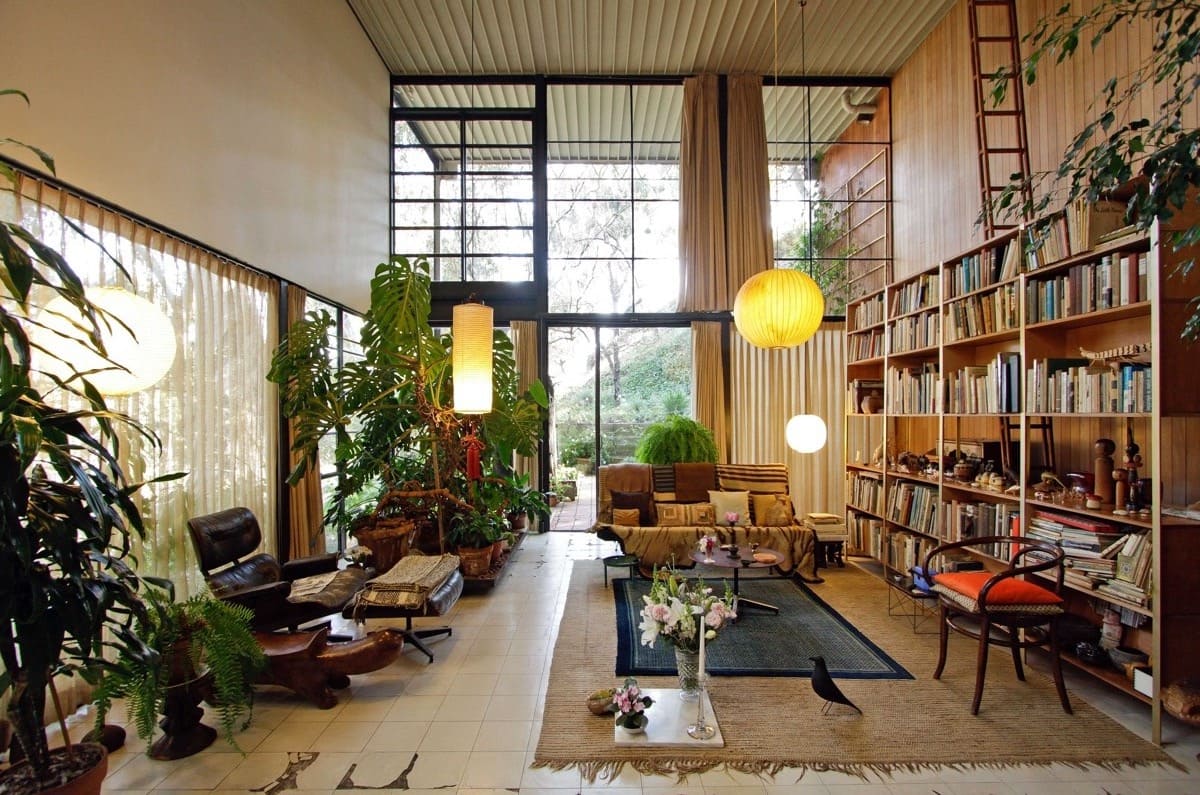
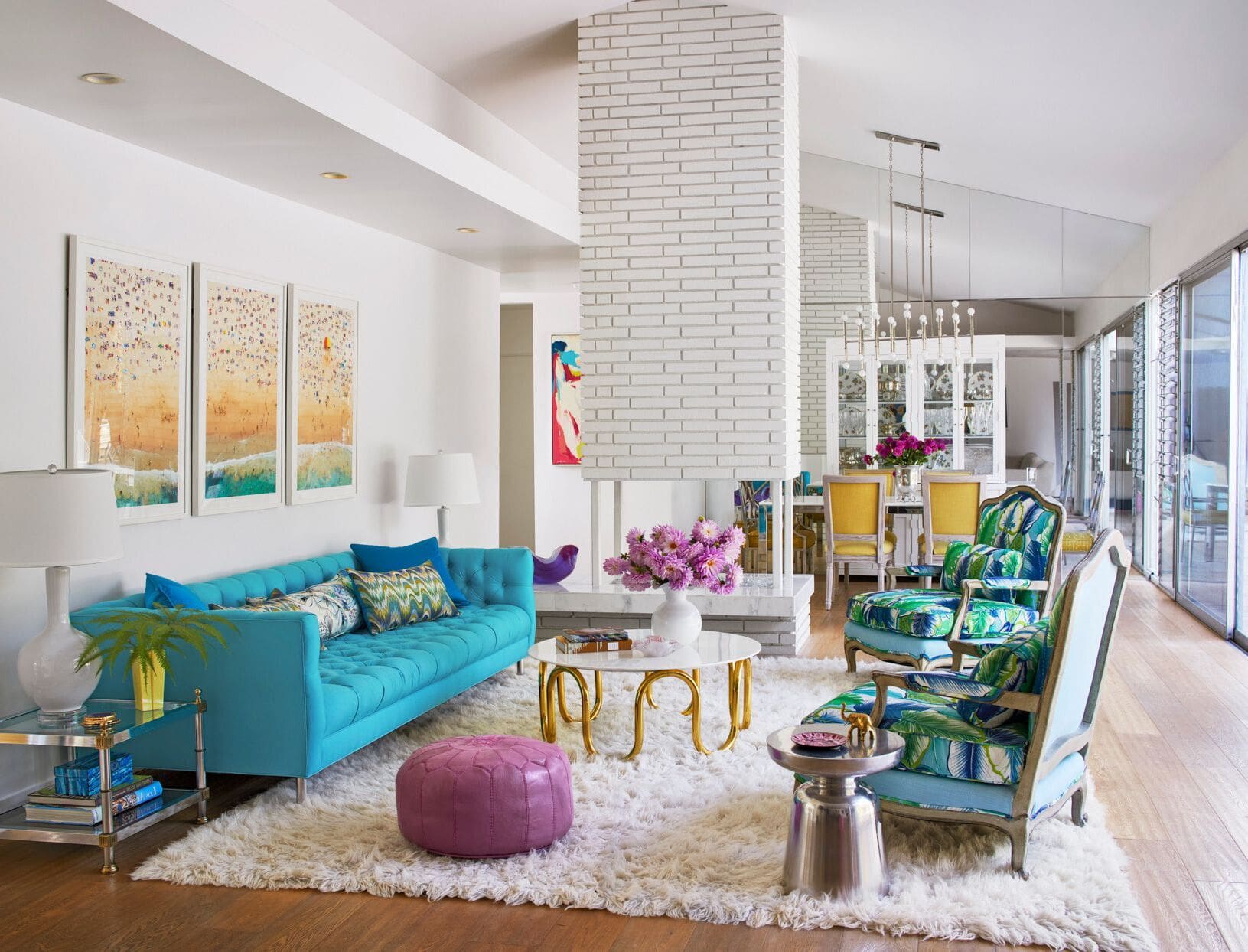
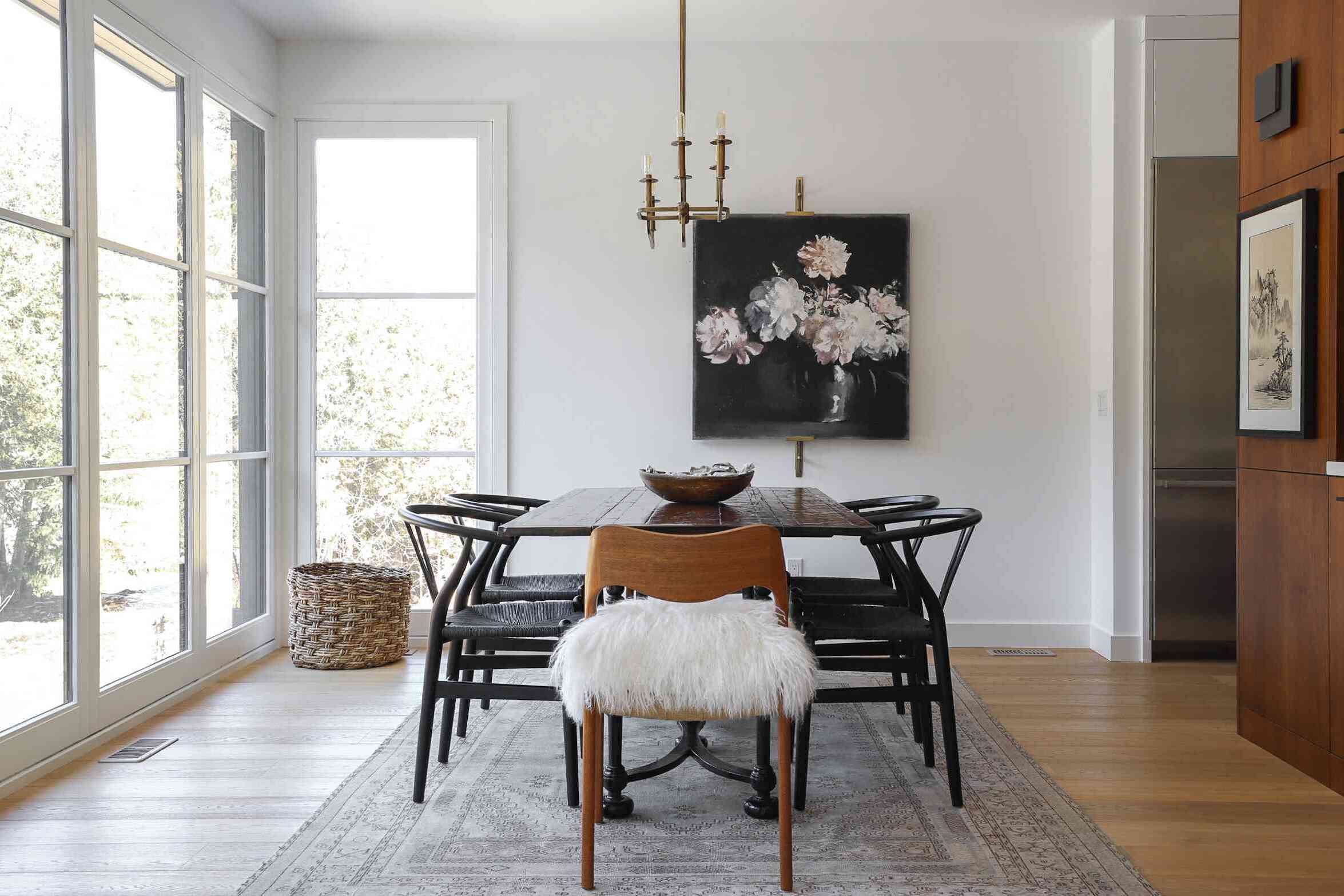
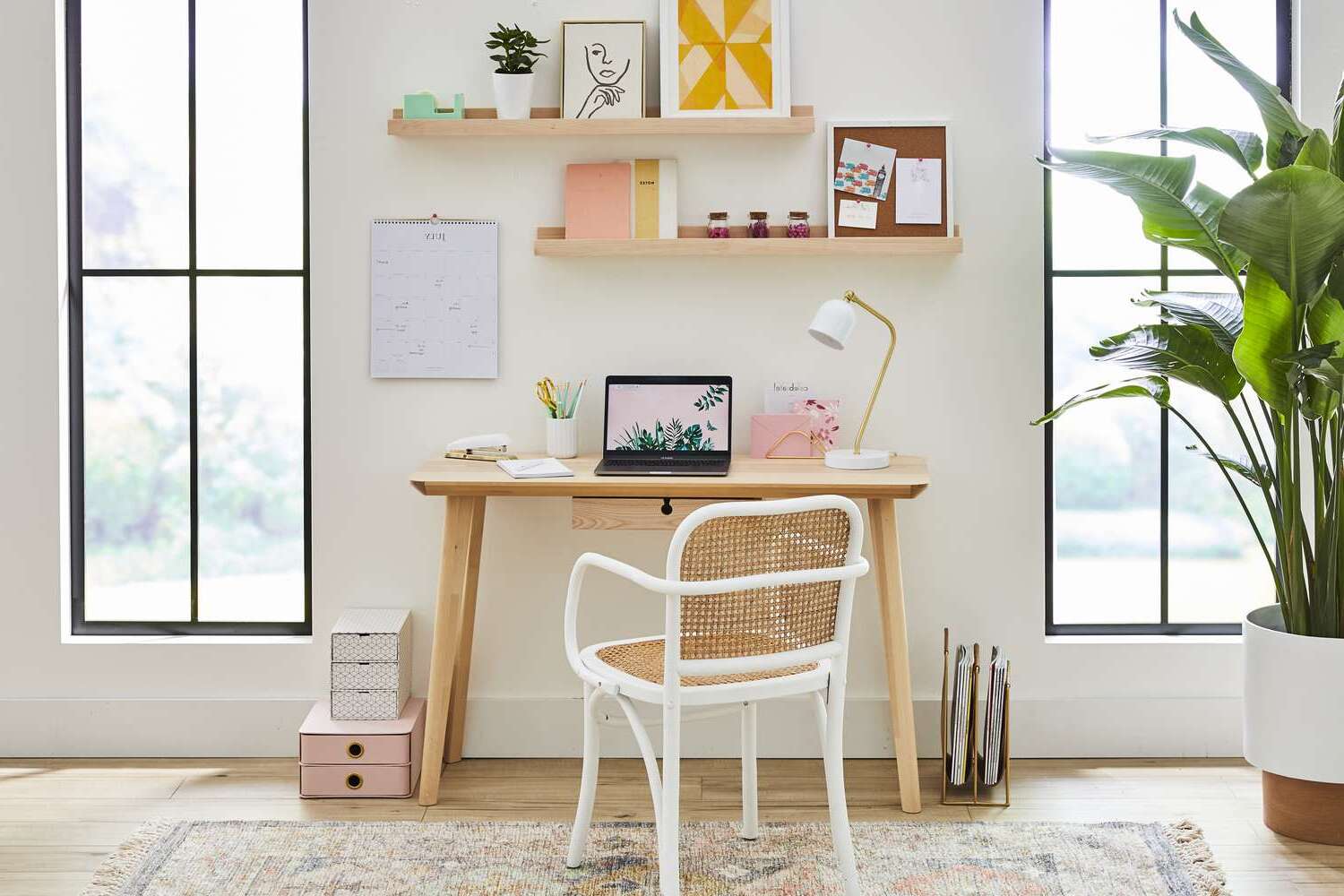

0 thoughts on “Mid-Century Modern Magic: Retro-Inspired Spaces”